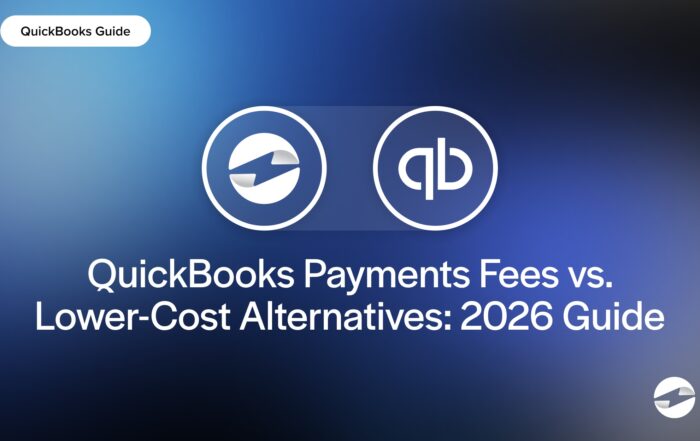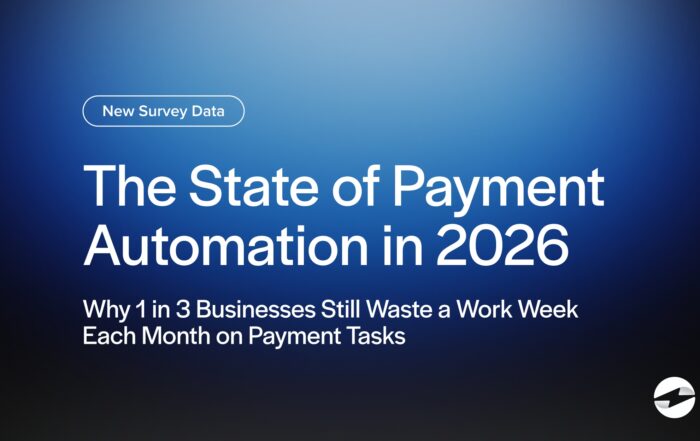What is two-factor authentication?
Two-factor authentication (2FA) is a security measure that requires two different types of verification—like a password and a one-time code—to approve a transaction or login to reduce fraud. In payment processing, 2FA adds an extra layer of security by requiring more than just a password or card details.
An example of two-factor authentication (2FA) can sometimes be seen when you make an online purchase. After shopping around, you find something you like and enter your credit card details to buy it. Sometimes, you will get a text with a verification code (second factor) before the transaction can be approved. You enter the code you received, and your payment is approved. In this case, even if a hacker gets your card details they still won’t be able to complete the purchase without the second verification factor.
Key Points
- 2FA reduces fraud by requiring a second type of verification beyond passwords or card details. It makes completing unauthorized transactions a lot harder for hackers.
- It protects businesses from chargebacks and unauthorized access by proving that the legitimate user approved the transaction.
- 2FA meets security standards like PCI DSS, so businesses can comply with regulations and avoid fines.
Two-factor authentication examples
2FA is used in payment processing to protect users and businesses from fraudulent transactions. Here are some common examples:
1. SMS or email code verification
Customers enter their credit card details for an online purchase. The system then sends a one-time password (OTP) via SMS or email. The transaction is approved only if the user enters the correct code.
Example: A customer shopping on an eCommerce site receives a 6-digit code via text message to verify their identity before completing a purchase.
2. Mobile authentication apps
Instead of SMS, some payment platforms use authentication apps like Google Authenticator, Authy, or Microsoft Authenticator to generate time-sensitive codes.
Example: A merchant logging into their payment processor’s dashboard must enter their password and then open their authentication app to retrieve a unique code before gaining access.
3. Biometric authentication
Some payment providers use fingerprint or facial recognition as a second layer of security.
Example: A customer using Apple Pay or Google Pay must verify the transaction with Face ID or a fingerprint scan before processing the payment.
4. Hardware security keys
For high-security payment environments, some businesses require physical security keys like YubiKey that must be plugged into a device to authenticate transactions.
Example: A finance manager handling large B2B transactions must insert a physical key into their computer to approve payments.
How does two-factor authentication help?
2FA is an extra security measure that helps make it harder for unauthorized purchases (or accidental purchases) to be made without explicit consent from the card owner.
1. Prevents unauthorized access
Passwords alone are vulnerable to hacking, phishing, and data breaches. 2FA ensures that hackers can’t access the system without the second authentication factor, even if login credentials are compromised.
Example: If a fraudster steals a merchant’s password to their payment processing account, they still can’t access funds without the second factor, like an SMS code or authentication app.
2. Reduces payment fraud
Many fraudulent transactions happen when stolen credit card details are used online. With 2FA, the fraudster can’t complete a transaction without the additional authentication step, even if the card data is leaked.
Example: A hacker trying to use a stolen credit card on an eCommerce site is blocked when the real cardholder receives a text asking them to confirm the transaction.
3. Protects businesses from chargebacks
2FA prevents fraudulent chargebacks where customers claim they didn’t authorize a payment. If 2FA were used to verify the transaction, the business would have proof that the legitimate cardholder approved the payment.
Example: An online retailer using Strong Customer Authentication (SCA) under PSD2 regulations can dispute a chargeback by showing the buyer confirmed the purchase with a one-time code.
4. Meets security standards
Many regulations, including PCI DSS (Payment Card Industry Data Security Standard), require multi-factor authentication for businesses that handle payment data. 2FA helps merchants comply and avoid fines.
Example: A business using a PCI DSS-compliant payment processor ensures employees accessing financial data must authenticate via password + mobile app code to secure access.
Even though two-factor authentication adds an extra step, it helps reduce fraud and makes transactions more secure in the long run. Whether it’s SMS codes, authentication apps, biometrics, or hardware keys, everyone can benefit from the extra layer of protection against unauthorized payments.
You May Also Like
Read More
QuickBooks Payments Fees vs. Lower-Cost Alternatives: 2026 Guide
Read More
EBizCharge Listed as a 2025 Construction Executive Top Construction Technology Firm
Read More
Read More



